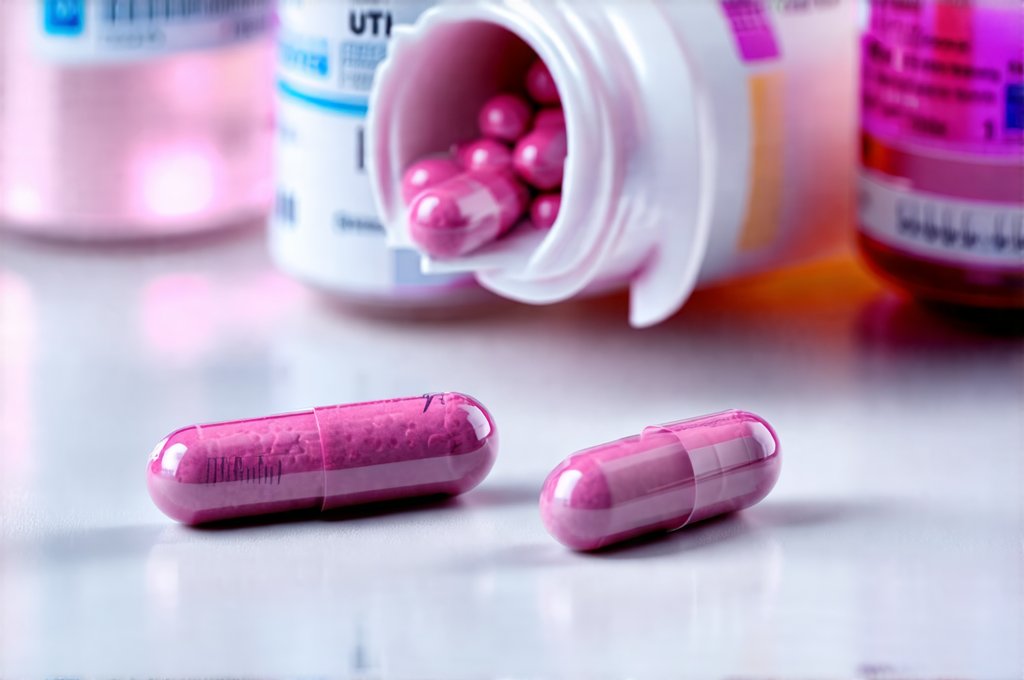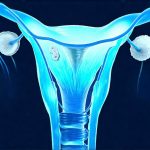Urinary tract infections (UTIs) are incredibly common, particularly among women, leading many to become familiar with their frustrating symptoms – burning sensations during urination, frequent urges to go, and that nagging discomfort. While antibiotics are typically the go-to treatment and often provide quick relief, a dishearteningly large number of people find themselves battling recurring UTIs, seemingly right after finishing a course of medication. This cycle can be deeply unsettling, leaving individuals wondering why their infections keep returning and what they can do to break free from this frustrating pattern. It’s not simply about the infection being resistant to antibiotics; there’s often a complex interplay of factors at play that explain why UTIs frequently bounce back after treatment.
The core issue isn’t always a lingering, stubborn infection. Often, it’s less about eliminating the bacteria and more about restoring a healthy balance within the urinary tract and addressing underlying vulnerabilities that allow bacteria to re-establish themselves so quickly. Antibiotics are powerful tools but they don’t discriminate – they eliminate both harmful and beneficial bacteria. This disruption of the natural microbiome, coupled with physiological factors and behavioral habits, can create an environment ripe for reinfection. Understanding these nuances is crucial for developing a more holistic approach to UTI management beyond just repeated rounds of antibiotics. If you are experiencing recurrent UTIs it’s important to understand why utis return after treatment.
The Antibiotic Paradox & Microbiome Disruption
Antibiotics are designed to kill bacteria causing infection, but their broad-spectrum nature significantly impacts the delicate ecosystem within our bodies, particularly in the gut and urinary tract. While effectively targeting the culprit bacteria responsible for the UTI, they also wipe out many beneficial microorganisms that normally help keep things in check. This disruption of the microbiome is a key contributor to recurrence. – A healthy microbiome acts as a natural defense against infection by competing with harmful bacteria for resources and space. – When antibiotics eliminate these helpful bacteria, it creates an opportunity for pathogenic bacteria (like E. coli, the most common cause of UTIs) to recolonize more easily.
– This can lead to what’s often called “post-antibiotic dysbiosis,” where the balance is thrown off and susceptibility to reinfection increases.
Furthermore, some research suggests that repeated antibiotic use can actually alter the microbiome in a way that makes it less resilient over time, creating a vicious cycle of infection and treatment. The more antibiotics are used, the more vulnerable the urinary tract becomes to future infections. It’s important to remember that antibiotics aren’t always necessary; many mild UTIs resolve on their own with increased hydration and supportive care. Overuse of antibiotics contributes to antibiotic resistance, making it harder to treat infections in the long run. Why do utis recur after antibiotics is a common question among women.
Addressing Underlying Vulnerabilities & Prevention Strategies
Simply treating a UTI when it arises isn’t enough to prevent recurrence. A proactive approach focuses on identifying and addressing underlying vulnerabilities that make someone prone to UTIs in the first place. These can vary widely from person to person, but common factors include: – Anatomical predisposition: Some individuals are anatomically more susceptible due to the length of their urethra or other structural differences. – Hormonal changes: Fluctuations in estrogen levels (such as during menopause) can affect the urinary tract’s natural defenses. – Sexual activity: Sexual intercourse can introduce bacteria into the urethra, increasing infection risk. – Constipation: Constipation can put pressure on the bladder and make it difficult to fully empty, creating a breeding ground for bacteria.
– Weakened immune system: A compromised immune system makes it harder to fight off infections.
Preventative strategies are crucial. These include staying well-hydrated (water flushes out bacteria), practicing good hygiene (wiping front to back after using the toilet), urinating after intercourse, and avoiding irritating feminine products. Probiotic supplementation – specifically strains known to support urinary tract health – can help restore a healthy microbiome following antibiotic use. Dietary changes that promote gut health, such as including fermented foods, may also be beneficial.
The Role of Biofilms in Recurring UTIs
Biofilms are communities of bacteria encased in a protective matrix, making them incredibly difficult for antibiotics to penetrate and eradicate. They’re essentially bacterial fortresses. While standard antibiotic treatment can kill free-floating bacteria, biofilms often remain intact, acting as reservoirs for future infections. – Biofilm formation is common in the urinary tract, particularly in individuals with recurrent UTIs. – Bacteria within a biofilm are significantly more resistant to antibiotics than their planktonic (free-floating) counterparts.
– Even after completing an antibiotic course, biofilms can persist and release bacteria over time, leading to reinfection.
Addressing biofilms requires different strategies beyond traditional antibiotics. Research is exploring the use of biofilm disruptors – substances that weaken or break down the protective matrix, making the bacteria more vulnerable to treatment. D-mannose, a naturally occurring sugar, has shown promise in preventing E. coli from adhering to the urinary tract walls and forming biofilms. Cranberry products, although their effectiveness is debated, may also inhibit biofilm formation.
Understanding Asymptomatic Bacteriuria & Avoiding Unnecessary Treatment
Asymptomatic bacteriuria (ASB) refers to the presence of bacteria in the urine without any accompanying symptoms. It’s surprisingly common, especially among older adults and women. The key point here is that ASB typically doesn’t require antibiotic treatment. – Treating ASB unnecessarily contributes to antibiotic resistance and microbiome disruption.
– Many people with ASB will never develop a symptomatic UTI, and their immune system effectively keeps the bacteria in check.
However, ASB can become problematic if left untreated in specific populations, such as pregnant women or those with weakened immune systems. In these cases, treatment is warranted to prevent potential complications. The challenge lies in distinguishing between true asymptomatic bacteriuria and an early-stage UTI that hasn’t yet developed noticeable symptoms. Accurate diagnosis through urine culture and a careful assessment of symptoms are crucial. It’s important to understand why utis are often misdiagnosed.
Beyond Antibiotics: Exploring Alternative & Supportive Therapies
While antibiotics remain the primary treatment for acute UTIs, there’s growing interest in exploring alternative and supportive therapies to prevent recurrence and strengthen urinary tract health. These include: – D-mannose: As mentioned earlier, D-mannose can help prevent bacteria from adhering to the urinary tract walls. – Cranberry products: While research is mixed, some studies suggest cranberry may inhibit biofilm formation.
– Probiotics: Specific strains of probiotics can help restore a healthy microbiome and boost immune function. – Herbal remedies: Certain herbs, such as uva ursi and bearberry, have traditionally been used to support urinary tract health (but should be used with caution and under the guidance of a healthcare professional).
Lifestyle modifications play a vital role in prevention. These include maintaining good hydration, practicing proper hygiene, urinating after intercourse, avoiding irritating feminine products, and managing constipation. Stress management techniques can also be helpful, as stress can weaken the immune system and increase susceptibility to infection. A holistic approach that combines conventional treatment with preventative measures and supportive therapies is often the most effective way to break the cycle of recurring UTIs. If you experience urethral pain after a UTI it’s important to understand why urethral pain lingers.





















